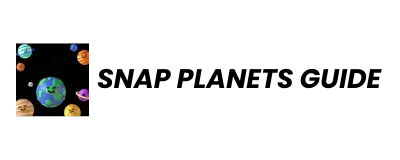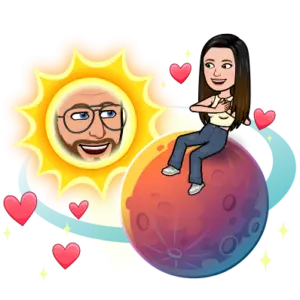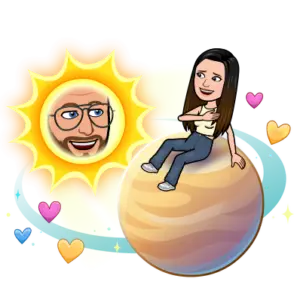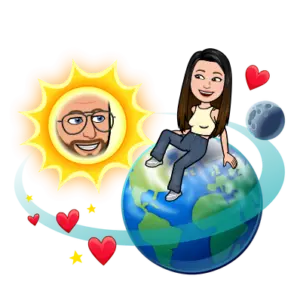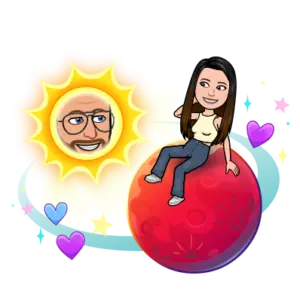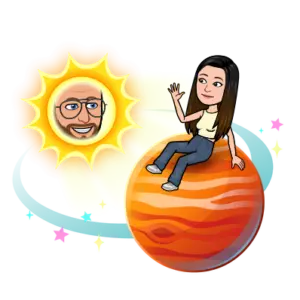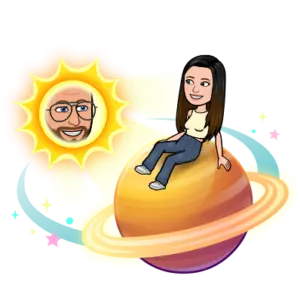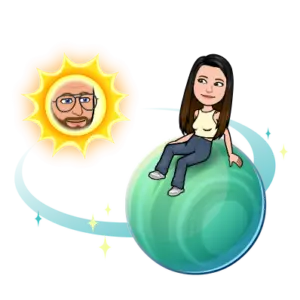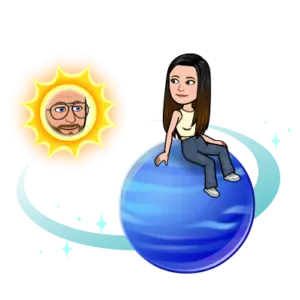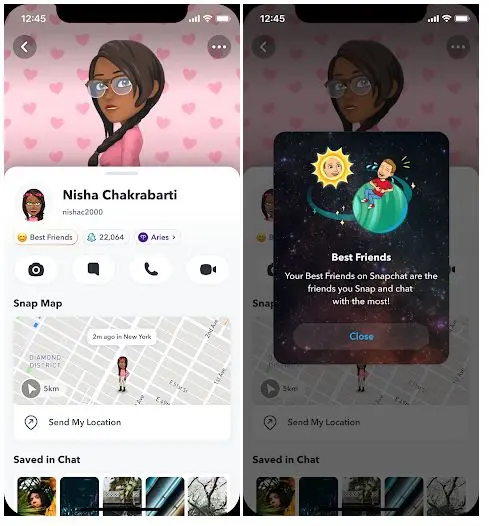Snapchat Planets Order and Meanings (2025)
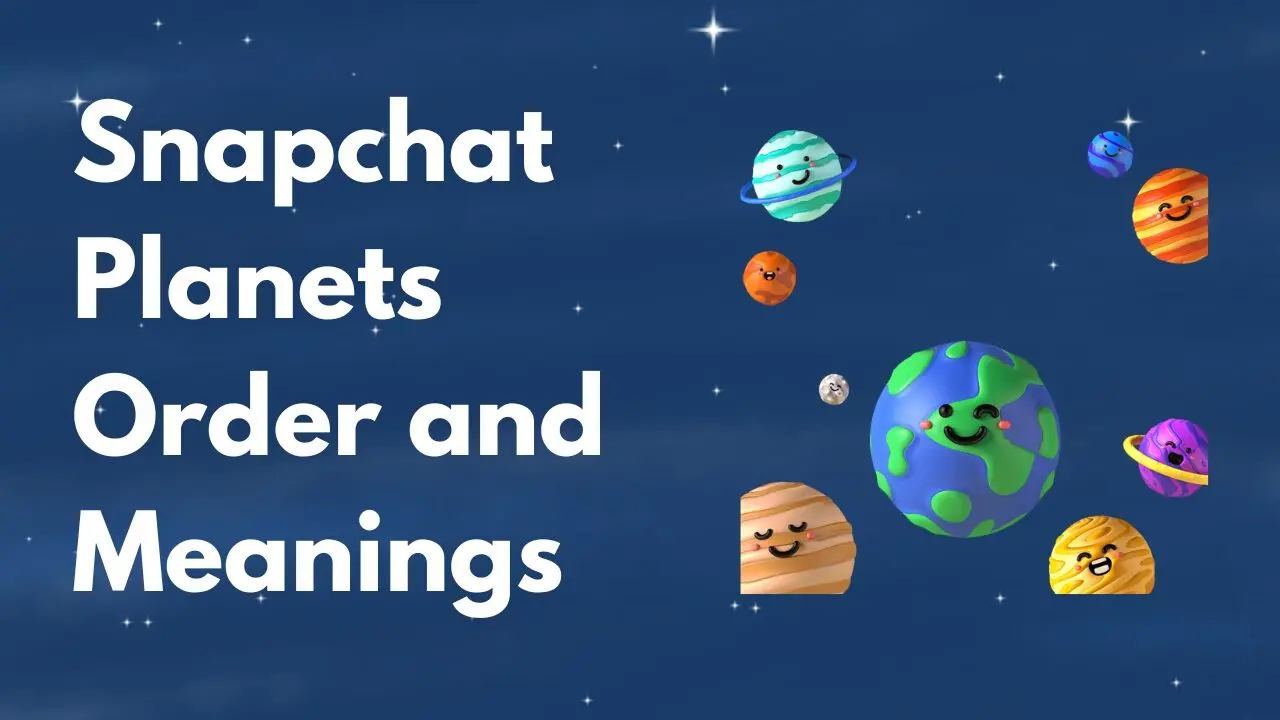
Ever wonder what those planets mean next to your friends’ names on Snapchat? You’re not alone. Snapchat’s planetary system turns your friend list into a solar system where you’re the sun and your closest friends orbit around you like planets. It sounds weird at first, but once you get it, the whole thing makes perfect sense.
This feature isn’t something everyone can see, though. You need Snapchat Plus to unlock it, and honestly, it’s become one of those things that either fascinates people or stresses them out completely. Let me break down everything you need to know about how this cosmic friendship ranking actually works.
What Are Snapchat Planets?
Think of yourself as the center of your own solar system on Snapchat. Your eight closest friends become planets that orbit around you, with each planet representing how much you interact with that person. The more you snap, chat, and share with someone, the closer their planet sits to your sun.
Mercury gets assigned to whoever you message and snap with most frequently. Venus goes to your second-closest friend. Earth represents your third-best friend, and so on down the line until Neptune, which marks your eighth-closest connection.
The whole system mirrors our actual solar system’s order. Mercury really is the closest planet to the sun in space, just like your Mercury friend is closest to you on Snapchat. It’s a clever way to visualize friendship intensity, though it can definitely create some drama when people realize where they rank.
Your planetary assignments aren’t set in stone either. Start chatting more with someone who’s currently Mars, and they might move up to Earth or even Venus over time. The rankings shift based on recent activity, not just historical patterns.
Snapchat Planets Order and Their Meanings
| Rank | Planet | Color/Appearance | Hearts/Elements | Friendship Meaning |
|---|---|---|---|---|
| 1 | Mercury | Red planet | 5 red hearts | Your #1 best friend – most frequent contact |
| 2 | Venus | Light brown/beige | Yellow, pink, and blue hearts | Second closest friend – regular daily contact |
| 3 | Earth | Blue and green | Red hearts, yellow stars, moon | Third best friend – solid, dependable connection |
| 4 | Mars | Bright red | Purple and blue hearts, colorful stars | Fourth closest – energetic friendship |
| 5 | Jupiter | Orange with dark stripes | Stars around it | Fifth best friend – comfortable middle ground |
| 6 | Saturn | Orange with ring | Stars around it | Sixth closest – stable, lasting friendship |
| 7 | Uranus | Green | No hearts, just stars | Seventh best friend – cooler, more distant |
| 8 | Neptune | Blue | Stars only | Eighth closest – outer edge of close friends |
Mercury – Your Number One Friend
Mercury shows up as a red planet surrounded by five red hearts. This person gets your constant attention through snaps, messages, and probably maintains streaks with you religiously. They’re basically your Snapchat soulmate.
When someone holds the Mercury spot, it usually means you two are in almost daily contact. You probably send each other random photos throughout the day and have those conversations that go on for hours. This is your ride-or-die Snapchat buddy.
Venus – Your Second Closest Connection
Venus appears as a light brown planet with colorful hearts in yellow, pink, and blue floating around it. Your Venus friend gets plenty of your attention, though maybe not quite as intensely as Mercury.
This friendship might be slightly less frequent than Mercury but still very strong. You probably chat regularly and share lots of moments together, just not with the same non-stop intensity as your top friend.
Earth – Your Third Best Friend
Earth looks exactly like you’d expect – blue and green like our real planet, complete with a moon, red hearts, and yellow stars surrounding it. This represents a solid, dependable friendship.
Your Earth friend might not get daily snaps, but when you do connect, the conversations feel meaningful. This is often the friend you can count on for important stuff, even if you don’t chat about every little thing.
Mars – Your Fourth Closest Friend
Mars shows up as a bright red planet with purple and blue hearts plus colorful stars around it. This friendship brings energy and excitement to your Snapchat world.
Mars friends often share specific interests with you. Maybe you bond over sports, movies, or hobbies. The conversations might be less frequent but more focused when they happen.
Jupiter – Your Fifth Best Friend
Jupiter appears as an orange planet with dark orange stripes and stars circling it. Just like the real Jupiter, it’s noticeably larger and more distant from your sun.
Your Jupiter friend probably falls into that comfortable middle ground. You enjoy their company and stay in touch regularly, but they’re not part of your daily Snapchat routine.
Saturn – Your Sixth Closest Friend
Saturn comes with its famous ring and appears in orange with stars around it. The distinctive ring makes it easy to spot in your solar system.
This friendship feels stable and lasting, even if you don’t interact constantly. Saturn friends might be people you’ve known for a long time who remain important even when life gets busy.
Uranus – Your Seventh Best Friend
Uranus shows up as a green planet with no hearts around it, giving off cooler, more distant vibes. The lack of hearts reflects the increased distance in your friendship ranking.
Your Uranus friend still matters to you, but interactions happen less frequently. You might catch up occasionally or chat when something specific comes up.
Neptune – Your Eighth Best Friend
Neptune appears as a blue planet with stars but sits the farthest from your sun. It represents the outer edge of your close friend circle.
Neptune friends are still important enough to make your top eight, but they’re definitely more distant in terms of daily interaction. You might go weeks without chatting, then pick up right where you left off.
How to Get Snapchat Planets?
Step 1: Subscribe to Snapchat Plus
You can’t access the planets feature without paying for Snapchat Plus. This premium subscription unlocks the Friend Solar System along with other exclusive features. Head to your profile and look for the Snapchat Plus banner to get started.
Step 2: Enable the Solar System Feature
Even with Snapchat Plus, the planets don’t show up automatically. Snapchat turned off this feature by default after some users reported it caused anxiety about friendship rankings. You’ll need to enable it in your settings manually.
Here’s how can do that easily without any issues:
- First, go to your Snapchat profile.
- Then, tap on the settings gear, and look for the “Solar System” option.
- Toggle it on to start seeing planetary rankings.
Step 3: Check Friend Profiles
Once enabled, you can visit your friends’ profiles to see the magic happen. Look for either a “Best Friends” badge or “Friends” badge with a gold ring around it.
A “Best Friends” badge means you’re both in each other’s top eight. A “Friends” badge means you’re in their top eight, but they’re not in yours. Tap the badge to see which planet you are in their solar system.
Step 4: Build Your Own Solar System
Your friends need Snapchat Plus too if you want to see which planet they are in your solar system. The feature works both ways, so you can see your ranking in their system and they can see theirs in yours.
Start interacting more with friends you want to move up in your planetary rankings. Send more snaps, start conversations, and maintain streaks to influence the algorithm.
Snapchat Plus Pricing
| Country/Region | Monthly Price | Annual Price |
|---|---|---|
| United States | $3.99 | $39.99 |
| United Kingdom | £3.99 | £39.99 |
| India | ₹49 | Varies |
| Australia | AUD 5.99 | Varies |
| Canada | CAD 4.99 | Varies |
| European Union | €3.99 | Varies |
| Other Countries | Varies | Varies |
Snapchat Plus costs $3.99 per month in the United States, which gets you access to the planetary system plus other premium features. You can also pay annually for $39.99, which saves you about $8 over the year.
Other countries see different pricing. In the UK, it’s £3.99 monthly. India charges around ₹49 per month. The pricing adjusts based on local markets but generally stays affordable.
The subscription includes more than just planets. You get story rewatch indicators, custom app icons, post view emojis, and other exclusive features. Whether it’s worth it depends on how much you use Snapchat and care about these extra features.
You can cancel anytime without penalties. The subscription runs through your phone’s app store, so you use whatever payment method you already have set up there.
Snapchat Friend Solar System Algorithm
Snapchat’s algorithm looks at several factors when assigning planets. The number of snaps you send and receive carries heavy weight, but it’s not the only thing that matters.
Chat frequency plays a big role too. Long conversations bump someone up in your rankings, especially if they happen regularly. The algorithm also considers how quickly you respond to each other and whether you maintain streaks.
Recent activity matters more than ancient history. Someone you chatted with constantly last year but rarely talk to now will probably slide down your planetary rankings. The system focuses on current patterns rather than lifetime totals.
Story interactions count as well. If you consistently watch someone’s stories and they watch yours, that signals an active friendship to the algorithm. Even emoji reactions and story replies contribute to your ranking.
Why Some People Love or Hate This Feature?
The planetary system splits Snapchat users pretty dramatically. Some people find it fun and motivating, like a game that encourages them to stay connected with friends. It can help you realize who you actually interact with most versus who you think you’re closest to.
Others find it stressful and competitive. Learning you’re someone’s Neptune when you thought you were their Venus can sting. Some users report feeling anxious about maintaining their planetary positions or upset about friend rankings.
Snapchat responded to these concerns by making the feature optional instead of automatic. They recognized that quantifying friendships can create unexpected social pressure, especially for younger users.
The feature works best when you treat it as a fun observation tool rather than a serious measurement of friendship quality. Real relationships involve way more than Snapchat activity levels.
Alternative Ways to Show Friendship on Snapchat
If the planetary system feels too intense, Snapchat offers other ways to celebrate close friendships. Streaks remain popular for showing consistent communication without ranking multiple friends against each other.
Best friend emojis provide a simpler system that highlights your closest connections without the detailed hierarchy. These show up automatically based on your interaction patterns.
Custom friend emojis let you assign specific symbols to important people regardless of algorithm rankings. This gives you more control over how friendships appear in your app.
Group chats and shared stories offer ways to stay connected with multiple friends simultaneously without worrying about individual interaction levels.
Frequently Asked Questions (F.A.Q)
Can I see Snapchat planets without paying for Snapchat Plus?
No, the Friend Solar System is exclusive to Snapchat Plus subscribers. You need the paid subscription to see planetary rankings in both your system and other people’s systems.
How often do the planetary positions change?
The rankings update regularly based on your recent activity. Someone could move from Mars to Venus within a few days if you start interacting more frequently. The algorithm prioritizes current patterns over historical data.
What happens if I have fewer than eight close friends on Snapchat?
The planetary system only shows planets for friends you actually interact with regularly. If you only have five people you chat with frequently, you’ll only see five planets in your solar system.
Can friends see where other people rank in my solar system?
No, each person can only see their own planetary position in your system. Your Mercury friend doesn’t know who your Venus friend is unless you tell them directly.
Why don’t I see planets next to some friends’ names?
Either they don’t have Snapchat Plus, they’ve disabled the Solar System feature, or you’re not in their top eight friends. The feature only works when both people have the subscription and have enabled the planets.
Do group chats and story views affect planetary rankings?
Yes, the algorithm considers various types of interactions including group chats, story views, and emoji reactions. However, direct one-on-one communication typically carries more weight in determining rankings.
Can I turn off the planets feature if I don’t like it?
Absolutely. Even with Snapchat Plus, you can disable the Solar System feature in your settings. Snapchat made this optional after recognizing it could create social anxiety for some users.
Will my friends know if I disable the planets feature?
If you disable it, friends won’t be able to see their planetary position in your solar system anymore. They might notice the absence of the badge on your profile, but there’s no notification about the change.
Conclusion
Snapchat planets transform your friend list into a cosmic ranking system that can be both entertaining and revealing. The feature gives you insights into your digital communication patterns while adding a space-themed twist to social networking. Whether you love the planetary system or find it stressful depends largely on your personality and friend group dynamics. The key is remembering that real friendships involve much more than Snapchat activity levels.
